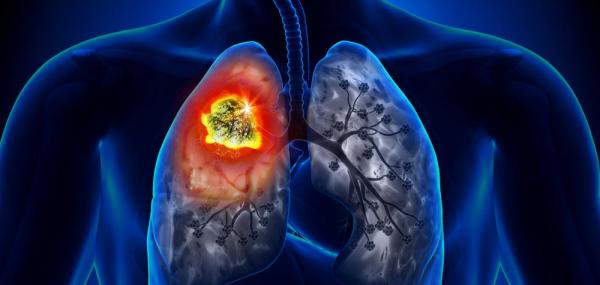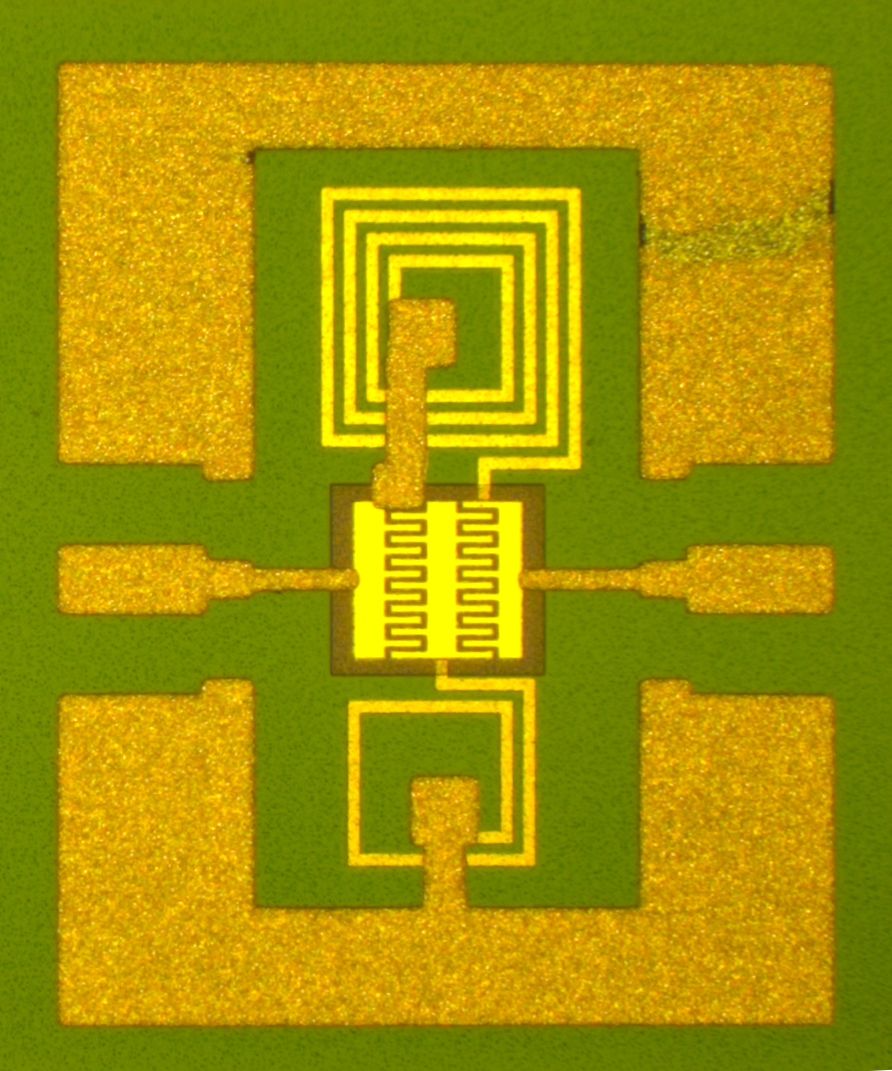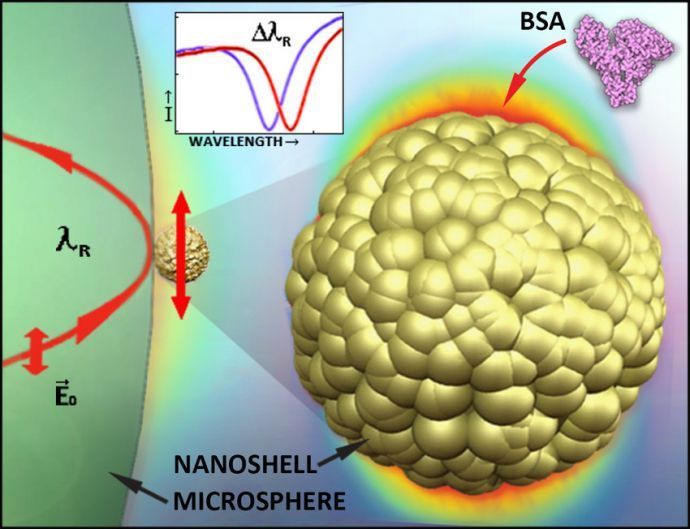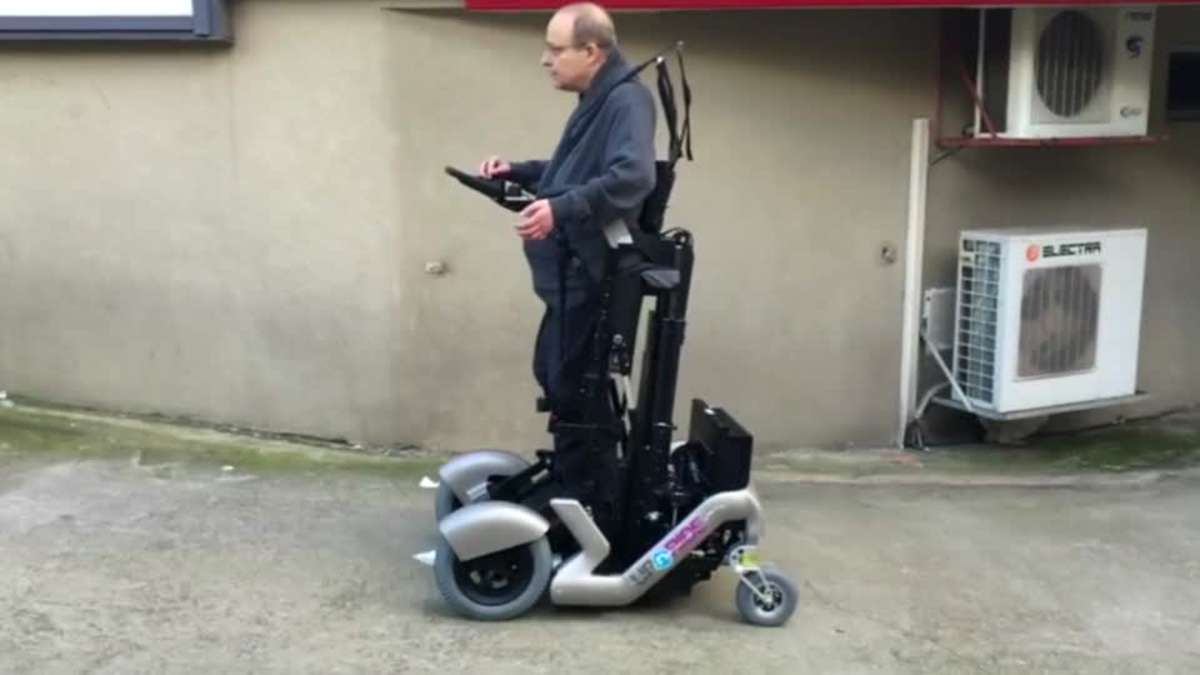Adding flouride to drinking water is a safe and effective measure for preventing tooth decay, National Health and Medical Research Council analysis finds.




Definitely a big deal.
I look forward to the day when everything lives and adapts as well as interacts in their environments. Buildings, machines, autos, planes, etc. Last month we read about the living buildings that DARPA is focused on that utilizes synthetic cells which enables buildings and other structures to self repair themselves much like human cells do.
Definitely glad to see more and more people jump on the Singularity path.
Materials with large dielectric constants—aka “high-K materials”—have recently garnered attention for their potential use within future generations of reduced-dimension semiconductor devices.
Barium strontium titanate, one such material, possesses an inherently large dielectric constant that can be altered significantly by an applied electrical field—by as much as a factor of 10. While this property has been known to exist for more than half a century and many researchers have attempted to exploit it, the technology has been limited by the low quality of the material. By semiconductor industry standards, the material is considered to be defective.
But researchers at University of California, Santa Barbara, who began exploring thin-film tunable dielectrics using sputtered material nearly two decades ago, are now trying to leverage advanced and scalable materials deposition techniques like molecular beam epitaxy (MBE) to create tunable, high-frequency integrated circuits and devices with high-quality materials that are comparable to modern semiconductor technology.



In early 2016 University Professor of Applied Physics Stephen Arnold earned a patent for his system for finding the size of one or more individual particles (such as nanoparticles) in real time using a microsphere’s whispering gallery modes.
Arnold and his team at Tandon’s MicroParticle PhotoPhysics Laboratory for BioPhotonics (MP3L) had generated excitement throughout the scientific community in 2012, when they created an ultra-sensitive biosensor capable of identifying the smallest single virus particles in solution.
Their technique was a major advance in a series of experiments to devise a diagnostic method sensitive enough to detect and a single virus particle in a doctor’s office or field clinic, without the need for special assay preparations or conditions. Normally, such assessment required the virus to be measured in the vacuum environment of an electron microscope, which added time, complexity and considerable cost.

A good summary article about the MitoSENS AMA on Reddit Futurology yesterday.
Aubrey de Grey, who should need little introduction here, is cofounder of the SENS Research Foundation, while Matthew O’Connor leads the foundation’s in-house research efforts. O’Connor’s focus is on the allotopic expression of mitochondrial genes, the complicated form of gene therapy needed to copy versions of these genes from the vulnerable mitochondrial genome into the much more secure nuclear genome, but altered in such a way that the resulting proteins can find their way back to the mitochondria where they are needed. Earlier today de Grey and O’Connor stopped by /r/futurology at Reddit to answer questions on this and other SENS rejuvenation research initiatives. One of the many benefits brought by this modern age of near zero cost communication is the way in which the barrier between researchers, supporters, and the public at large has faded to the point of non-existence. Any interested party can in a few minutes find out who is working in any specific areas of interest and reach out with questions or offers of support. Any researcher can find out where the interested parties congregate to talk about their research and join in. That was science fiction just a few decades ago. The world moves at a fast pace.
Once allotopic expression of the thirteen crucial mitochondrial genes involved in oxidative phosphorylation is realized, undergoing this gene therapy will ensure that the accumulation of mitochondrial DNA damage that occurs over the years no longer contributes to degenerative aging as it does today. It will be an actual, working narrowly focused rejuvenation therapy. As an incidental benefit, this technology will also provide cures for a range of inherited mitochondrial diseases. This work has been underway both at the SENS Research Foundation and in allied labs for some years now, and the biotech company Gensight has been founded on success in allotopic expression of the gene ND4. The SENS Research Foundation in-house team recently achieved success for the mitochondrial genes ATP6 and ATP8, and had a paper accepted by a noted journal, which all in all is a great step forward in a field that has proven to be quite challenging.



Self-stabilising wheelchair from Israeli technology start-up lets you cruise through town while standing. Matthew Stock reports.
Nearly 20 years ago Amit Goffer suffered an accident that confined him to a wheelchair. Increasingly dissatisfied with what was on offer, the electrical engineer built this — the UPnRIDE. It’s a robotic exoskeleton that helps people paralysed from the waist down to stand tall in the outside world. (SOUNDBITE) (English) CHIEF TECHNICAL OFFICER AND FOUNDER OF UPNRIDE, DOCTOR AMIT GOFFER SAYING: “The UPnRIDE device, the whole idea is that you can use it outdoors as well as indoors and in a safe manner because they, it automatically balances you and stablizes you… The concept is new because you don’t see any disabled person rolling outside in a standing position so this is a breakthrough in the industry of wheelchair manufacturing, I’m sure that others will follow.” It goes from seated to standing at the push of a button. A gyroscope — similar to that in a two-wheeled Segway — along with self-stabilising software helps manoeuvre upright over uneven urban terrain.